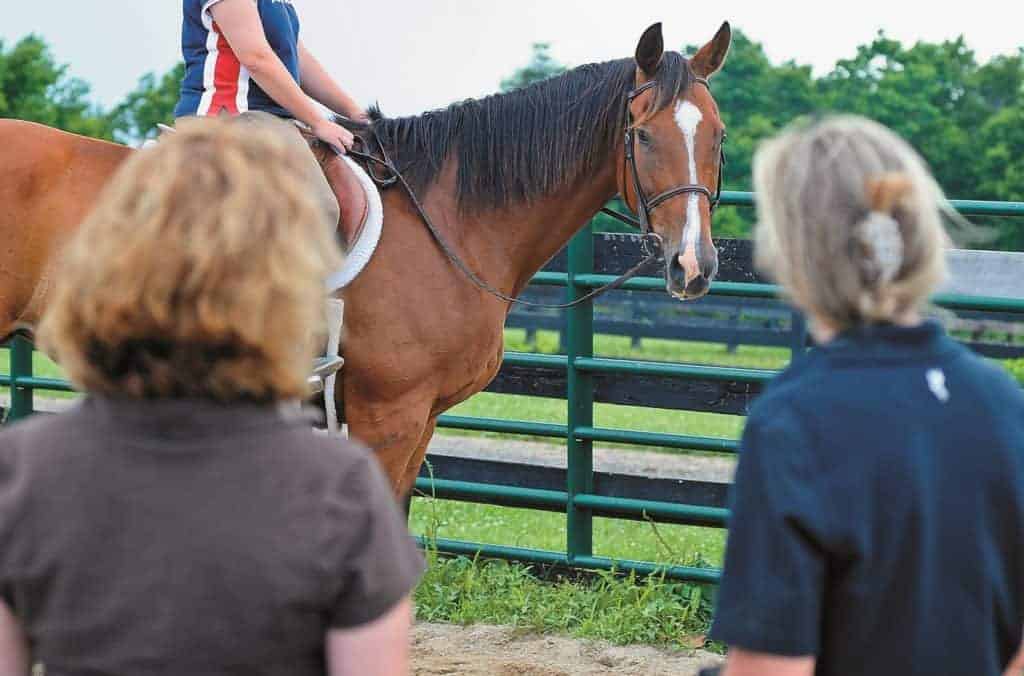
Consider Trotting Speed when Diagnosing Subtle Lameness
Slowing down the trot during exams for mildly lame horses could yield more accurate results, researchers say.
Prevention, diagnosis, and treatment of leg lameness

Slowing down the trot during exams for mildly lame horses could yield more accurate results, researchers say.

Horses topped out at 29% of their body weight in a study that evaluated gait changes when loaded.

One vet said multiple abnormalities could contribute to hoof lameness, rather than just one problem.

Swedish researchers discovered that genetic makeup affects locomotion patterns in horses.

Dr. Monty McInturff of Tennessee Equine Hospital shares the most important things he thinks horse owners should know about magnetic resonance imaging (MRI) as a diagnostic tool.

One vet encouraged practitioners and farriers to take a biomechanical approach to treating some foot problems.

Learn about the newest research and information about therapeutic joint injections for horses, including hyaluronan (HA), site prep, corticosteroids, infection, and more.

Lameness topics include track surfaces, suspensory, flexion tests, sesamoid, and non-weight-bearing injuries, and more.

Research shows that various angles of the outer and inner hoof are linked to different kinds of lameness.

One veterinarian reviews different non-steroidal joint medications commonly used in equine joint therapy.

In this particular study, the 5- and 60-second flexions did not yield the same results.

MRI could detect bone changes indicating a horse is at risk for catastrophic fractures before accidents occur.

Dr. Kevin Keegan explains a few things horse owners should know about multiple limb lameness at the 2013 Western Veterinary Conference in Las Vegas, Nev.

With appropriate care and use, vets can mitigate some risks associated with intra-articular corticosteroids.

Non-weight-bearing lameness is one of the most common emergencies practitioners manage in the field.

One vet found success in treating the condition using tiludronate, ESWT, and a modified exercise program.
Stay on top of the most recent Horse Health news with
"*" indicates required fields